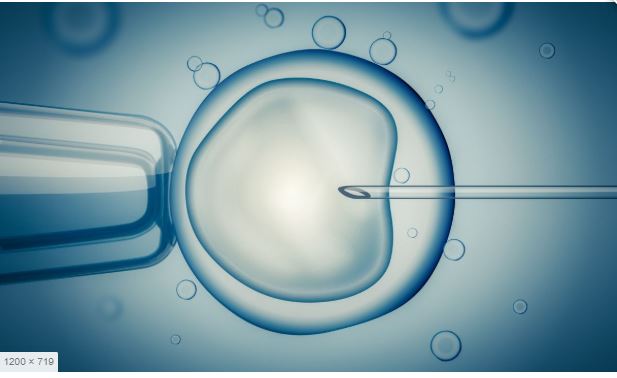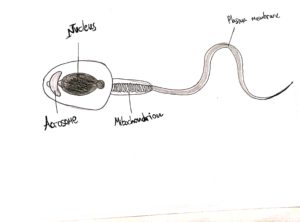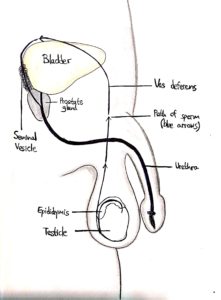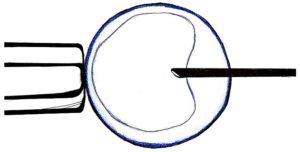What is oxidative stress?
In our bodies, there are constant interactions going on between different molecules, and each
reaction acts to balance out another, such that the overall state remains stable. These
combating reactions are known as oxidation and reduction (antioxidation), and both are
necessary and normal results of the body’s everyday metabolism.
Oxidative stress (OS) occurs when there are too many oxidation reactions, and not antioxidants
to counteract them.
What effect does oxidative stress have on semen quality?
Normal oxidation reactions are critical for sperm maturation, as well as for proper fertilization of
the egg. However, sperm cells are particularly vulnerable to oxidative stress, and therefore any
reduction-oxidation imbalance can result in DNA damage and cell death. Oxidative stress has
been linked to lower fertilization rates, recurrent pregnancy loss, and poor IVF results.
What causes oxidative stress?
Oxidative stress can come as a result of either external or internal factors. Known external
factors leading to OS include smoking, excessive alcohol consumption, exposure to radiation or
toxins, and chemotherapy. Internal factors include conditions such as varicocele, diabetes, and
infections.
How do we measure oxidation-reduction in a semen sample?
Oxidant-reduction potential (ORP) is the relative measurement of oxidants compared to
reductants; it defines whether the system is imbalanced, and how much so, and can be easily
measured using a tool called the MiOXSYS System.
Over the past decade, numerous studies using this system have encouraged the possibility of
ORP as a diagnostic tool in male infertility. These studies have correlated high ORP values to
patients with abnormal sperm characteristics (concentration, motility, etc).
How does an ORP measurement help us?
While the exact relationship of ORP to male fertility is still being studied, it is clear that oxidative
stress plays an important role in male infertility. With time, as our understanding of this role
becomes clearer, ORP tests will likely be incorporated into standard clinical practice and
become indicators of specific problems.
Can oxidative stress be treated?
There are many antioxidants readily available, such as Vitamins C and E, coenzyme Q10, and
zinc. There have been several studies involving the oral ingestion of antioxidants and their
effect on semen quality. In these studies, some antioxidants have been correlated with
improvements in some parameters, including sperm DNA damage, motility, and sperm
concentration. However, some findings have shown that an overconsumption of oral
antioxidants can in fact be damaging.
As opposed to oral consumption, antioxidant therapy has already been integrated successfully
into reproductive technology, and has led to better outcomes. In particular, it has been
incorporated into sperm freezing and thawing, protecting the sperm from unwanted and
damaging oxidative stress.




